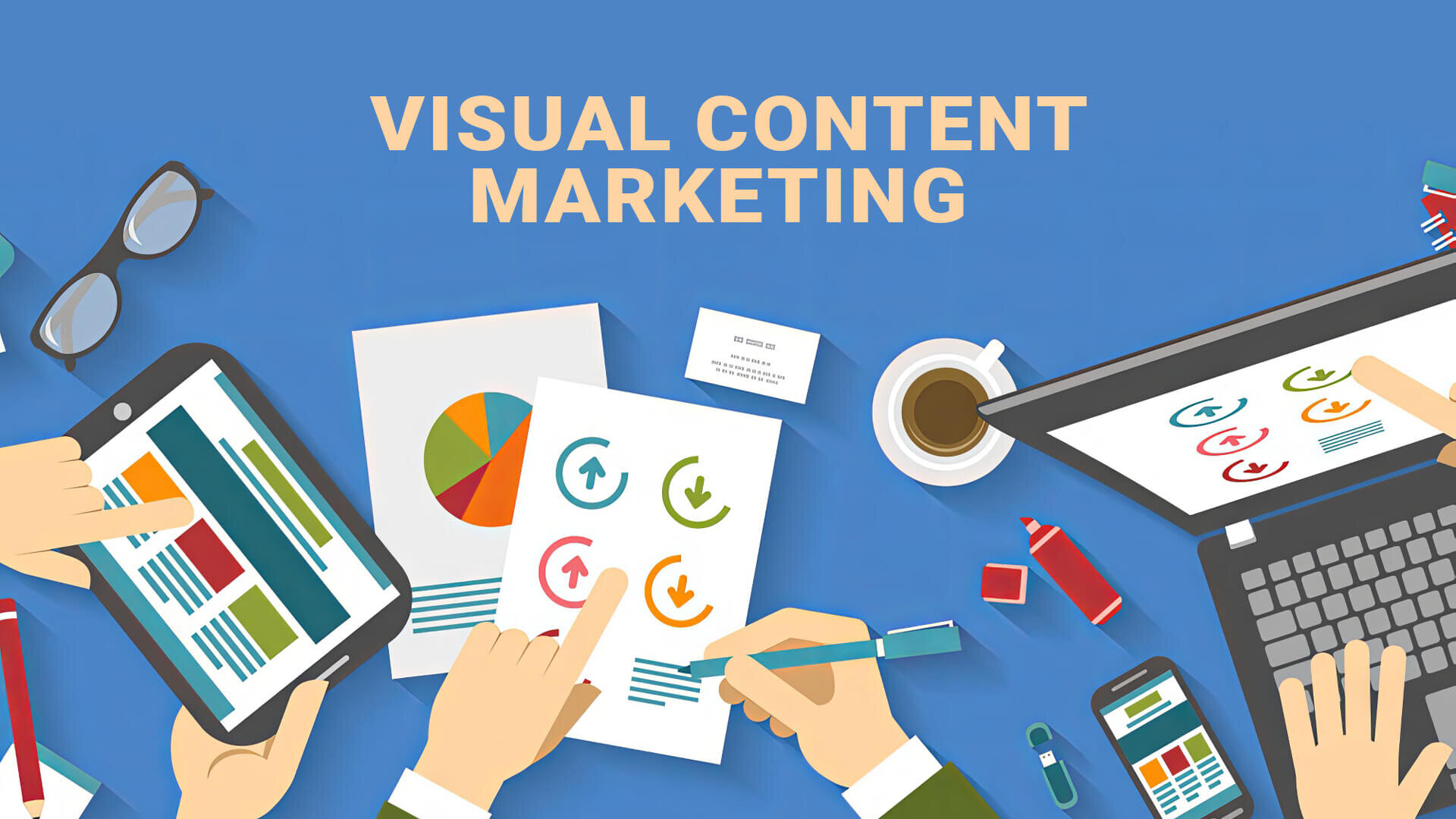In today’s fast-paced digital world, capturing and retaining the attention of your audience is more challenging than ever. As users are bombarded with a plethora of information daily, it’s essential to leverage the most effective communication tools at your disposal. One such tool is visual content. From images and videos to infographics and animations, visual content has proven to be a game-changer in increasing engagement across various platforms. In this blog, we’ll explore the reasons why visual content is so effective and how you can harness its power to boost your engagement rates.

1. The Power of First Impressions
Visuals are often the first thing a viewer notices when they encounter your content. Research shows that it takes just 50 milliseconds for users to form an opinion about a website, and a significant portion of that judgment is based on its visual design. Eye-catching images or videos can draw users in, making them more likely to stay and explore your content further.
Emotional Connection:
Visual content can evoke emotions and create a connection with the audience, enhancing their overall experience. For example, a compelling image or a well-produced video can stir feelings of joy, curiosity, or empathy, encouraging users to engage more deeply with the material.
2. Easier Information Processing
The human brain processes visual information significantly faster than text. According to research by 3M, visuals are processed 60,000 times faster than text. This means that users can quickly understand and retain information presented through images, infographics, or videos.
Simplifying Complex Information:
Visual content is especially useful for breaking down complex ideas or data into digestible formats. Infographics, for instance, can summarize vast amounts of information in an engaging and easy-to-understand way. This simplification encourages users to engage with your content longer and share it with others.
3. Higher Retention Rates
Studies indicate that people remember 80% of what they see and only 20% of what they read. This statistic highlights the importance of visuals in memory retention. By incorporating relevant images or videos into your content, you increase the likelihood that your audience will remember your message long after they’ve consumed it.
Reinforcing Messages:
Visuals reinforce the message you’re trying to convey, helping to solidify it in the minds of your audience. For example, a marketing campaign that uses strong visuals alongside its messaging is more likely to leave a lasting impression than one that relies solely on text.
4. Enhanced Engagement on Social Media
Social media platforms are inherently visual, with users scrolling through feeds filled with images and videos. According to research from HubSpot, posts with visuals receive 94% more views than those without. This trend underscores the importance of incorporating visual content into your social media strategy.
Shareability:
Visual content is more likely to be shared across social media channels, extending your reach and visibility. Eye-catching images or engaging videos can prompt users to share your content with their networks, exponentially increasing your engagement potential.
5. Increased Click-Through Rates (CTR)
Using visuals can significantly improve click-through rates in your email marketing campaigns and online advertisements. Emails with visuals have been shown to increase CTR by 42%. Similarly, ads that incorporate images or videos often outperform text-only ads, attracting more clicks and driving higher engagement.
Compelling Calls to Action:
Integrating visuals with compelling calls to action (CTAs) can further enhance CTR. For instance, a visually appealing button or banner can entice users to take action, whether it’s signing up for a newsletter, downloading a resource, or making a purchase.
6. Building Brand Identity and Recognition
Visual content is a powerful tool for building brand identity and recognition. Consistent use of colors, fonts, and imagery can create a cohesive brand aesthetic that resonates with your audience.
Visual Storytelling:
Storytelling through visuals allows you to convey your brand’s values and mission effectively. This connection fosters a sense of loyalty and trust, encouraging users to engage with your content and share it within their networks.
7. Improving SEO Performance
Incorporating visual content into your website or blog can also enhance your search engine optimization (SEO) efforts. Search engines like Google prioritize engaging content, and visuals can play a significant role in improving your rankings.
Optimizing Visuals:
By optimizing your images and videos with relevant keywords, alt text, and descriptions, you increase the chances of your content being discovered in search results. Engaging visuals can also lead to longer time spent on your site, which is a positive signal to search engines.
Conclusion
Visual content is a powerful driver of engagement in the digital landscape. By leveraging images, videos, infographics, and other visual elements, you can create a more immersive and memorable experience for your audience.


No responses yet